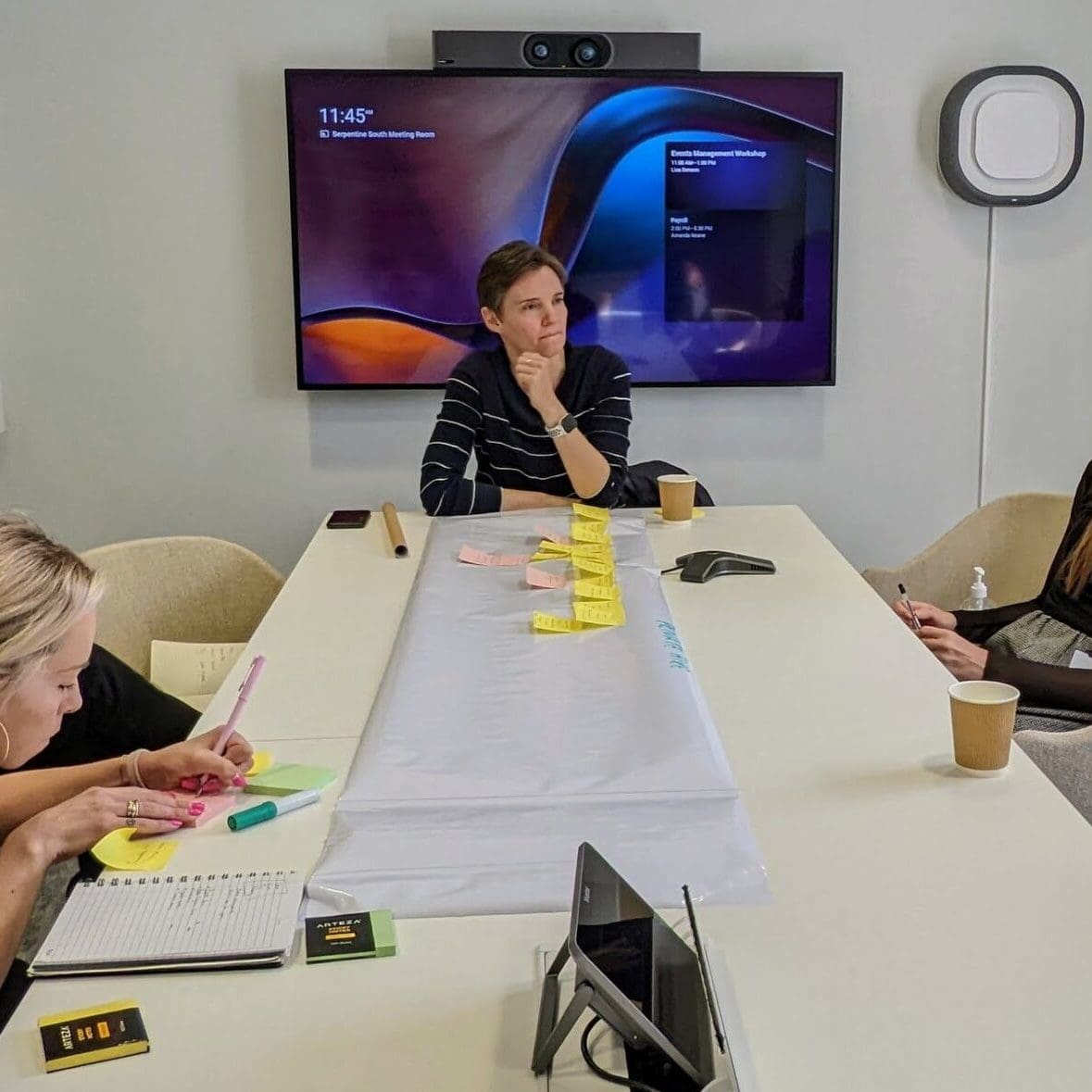The importance of User Experience Design
As we launch our Digital design & marketing services, I wanted to share with you some of my thoughts around UXD (User Experience Design). UXD can be defined as “the process of enhancing user satisfaction by improving the usability, ease of use, and pleasure provided in the interaction between the user and the product.” (Mikhail Belstar).
In the case of Hyphen8, and what we offer our customers, our UXD looks at how the ways that they engage with their external audiences such as email templates and campaigns, forms, web pages, online portals can benefit from good design based on best practice. Making improvements to the UX (User Experience) can increase the likelihood of conversion – which in this case means completing a call to action or completing a form without needing to query.
Most of our nonprofit customers collect information from external parties via online forms – whether it is grant application forms, donation forms, event registration forms or membership forms. When creating these application forms, we carry out UXD review to look at the experience from the end users perspective, and build these forms with that in mind. There is recognised best practice to ensure that forms are clear, usable and simple. Keeping forms short and precise is common good practice and this can be carried out by creating dynamic field entry based on the criteria added by the user. Wherever possible, we recommend user testing with members of the target audience prior to quality assurance to ensure this experience is of the highest quality.

Poor UX Design

I wanted to include a ‘popular’ bad UX example that I know many people find frustrating, but due to the size and popularity of the company, I couldn’t imagine that they’re overly worried about it.
So, I have a Google Pixel 3 (a popular mobile phone released in 2018), you may remember that Google and Apple both ditched their headphone jacks and moved this input into the USB-C charging port, meaning you can’t charge the phone and listen to music through my wired headphones at the same time.
This leaves the end-user, me, with some options, none of which are ideal. I can listen to through the USB-C charging port unless I have a low battery, then you’ll have to take a break from listening and put your phone on charge. OR you can purchase some wireless headphones, of course they recommend you buy the Google Earbuds for £150. A poor, and expensive user experience.
Content is King… but UXD is equally as important
As we know, ‘content is King’ and having a website with all the bells and whistles around is fantastic, but if they’re not converting as well as they could, then there’s no point in having them. UXD takes on a holistic approach to design from the perspective of the end-user, and focusing on how they will be using the asset and what they want from the experience.
Getting your content in front of your audience is one thing, but getting them to take action is a completely different ball game.
“If you think good design is expensive, you should look at the cost of bad design.” – Dr. Ralf Speth
Simple and intuitive design are key
UXD advocates for simplicity. Simplicity doesn’t mean that it’s simple, mundane, ugly, dull, basic etc, in the way that it’s designed, it means that it has taken out unnecessary complexities in order to work in a simple and intuitive manner from the perspective of the user.
Making something simple and intuitive for the end-user will increase your conversion rates. People WILL leave your website if they can’t find what they’re looking for, and they’ll go elsewhere to find it.

For example, you have a website visitor who has just read the ‘About us’ section on your website and have decided they want to donate to your campaign. What the user wants to be able to do is make this donation as quickly and easy as possible. The donate call to action needs to be prominent on that page and take you to the next step to complete a donation form which is straightforward to complete. Of course, this is the start of the user experience and from here, a strong thanking and continued communication strategy is essential.
We know that not all nonprofit organisations have access to a design agency or internal design resources to focus on user experience. But this can have such an important influence on positive engagement with stakeholders.
Hyphen8 has filled this gap with our new Digital design and marketing services to provide creative input to suit your budget.
“Any darn fool can make something complex; it takes a genius to make something simple.” – Albert Einstein
Find out more about our Digital design and marketing services






